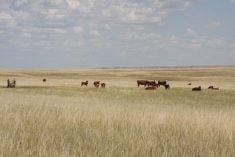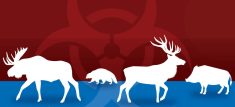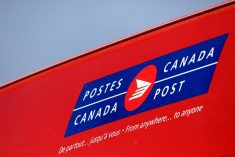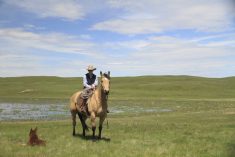The Alberta government and several conservation partners have released a recovery plan for the ferruginous hawk.
The largest North American hawk, with a wingspan up to 55 inches, it is classified as both at risk and endangered in Alberta.
“It’s been a while to come out, but it’s great to finally see it out in publications,” said Brad Downey, senior wildlife biologist with the Alberta Conservation Association, in reference to the plan.
Read Also
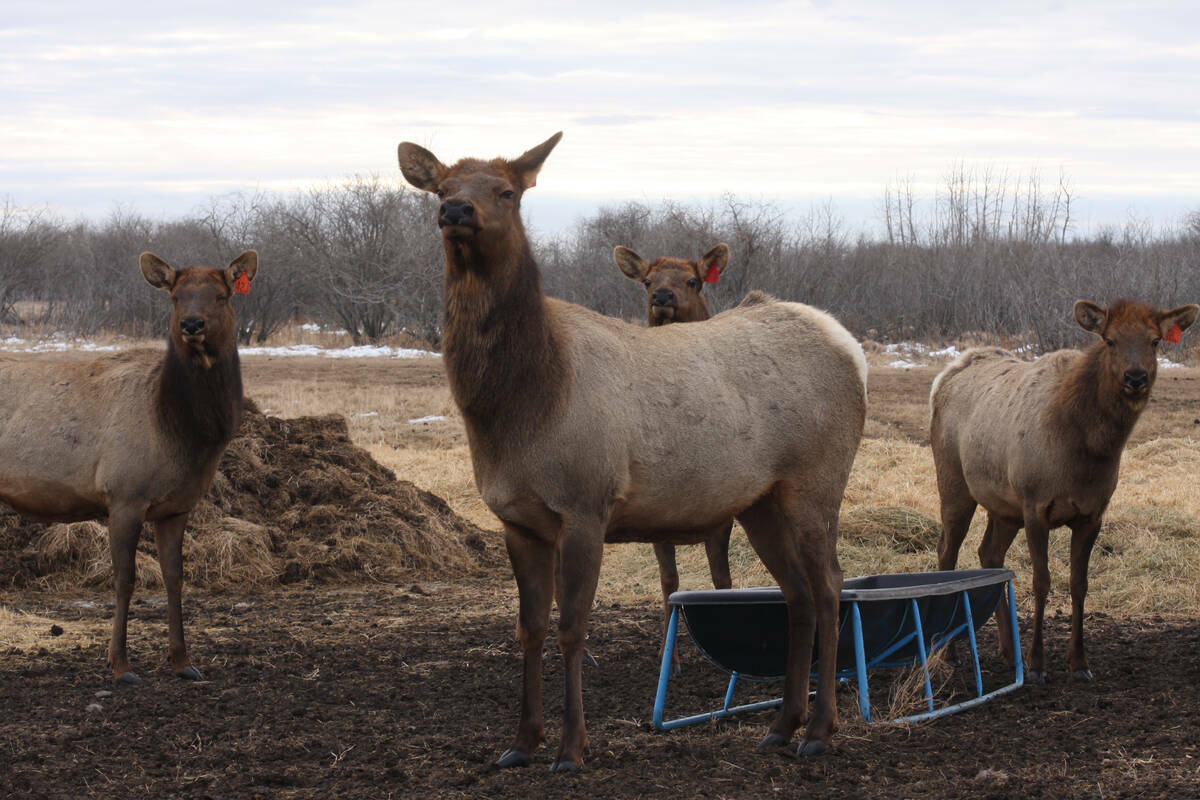
Cervid harvest preserves to be developed in the province under Bill 10
The Government of Alberta has given approval for creation of cervid harvest preserves.
The Alberta ferruginous hawk recovery plan was developed by the provincial government. The recovery team includes representatives from government, the Alberta Conservation Association, energy firm AltaLink and several other non-government organizations.
The ferruginous hawk has a bright white front and red legs, and the grasslands in the southern part of the province are one of its major habitats on the Great Plains.
Landowners have already undertaken many of the activities identified in the recovery plan, said Downey. Twenty to 30 people have erected artificial nest platforms on their property that have proven valuable.
“It benefits the landholders. Landholders like their ferruginous hawks because they are a great control for Richardson’s ground squirrels. There is a huge population of ground squirrels out there right now.
“These birds can eat up to 500 ground squirrels in a single breeding season. Having a pair of them on your ranch is going to help with that natural means to control pests,” he said.
“They’ve taken the initiative because they want the birds on their land, which is great for an endangered species.”

Provincially, ferruginous hawks can be found from the southern Porcupine Hills and Eastern Slopes to the Saskatchewan border, and north to the Hanna and Consort region. Grasslands are their natural habitat and loss of those lands is a threat.
“They need the grasslands. They’re a bird of the open prairies, so that’s important,” said Downey.
The hawks are also affected by industrial disturbance, and Downey said the protection plan has mitigation and setback distance rules to prevent disruption of nests.
Electrocution and collision incidents are additional factors that industry is working to mitigate.
In the past, ferruginous hawks were hunted.
“There are still the odd ferruginous hawks that get shot,” Downey said. “That’s just unfortunate. I’m not sure why. Hopefully that doesn’t occur as much as it used to in the past.”
Nest availability is yet another challenge.
“We work with a lot of ranchers who have seen hawks trying to nest on a little willow, and the ranchers watch their nest blow down in the wind and all the eggs get destroyed.”
Ranchers can work with Multiple Species at Risk (MULTISAR) to get hawk poles erected on their property. Downey said in one case, a hawk pole was secured for a landholder and a ferruginous hawk produced five young that year.
“That’s how helpful those poles are. If you have a solid structure, they even have cameras on some of those poles that you can see at the Alberta Conservation Association website, just to monitor and see how well the nests are doing.
“We usually get three to four fledglings every year, which is good for an endangered species.”
In 2005-06, the ferruginous hawk population was an estimated 600 pairs.
“In the last survey in 2022, we found over 1,400 pairs, which is amazing. We’re well on our way to achieving our recovery goal. I think the species has a good chance of being recoverable,” said Downey.
A food source is vital, and the Prairies can supply it.
“Their population ties quite nicely with the ground squirrel population, so you know there are a lot of ground squirrels out right now. Their population can rebound quite nicely if they are provided secure nest sites and their nests don’t fall over and collapse and stuff like that.”
Ground squirrel populations go in cycles and is currently high.
“A female ground squirrel can have six to eight young. In the right conditions, their colony can multiply exponentially, quite quickly. Dryness can sure help with that and move that along.”
Downey said the impact of the recovery plan is important, especially with industrial developments underway throughout the province.
“I’m happy to see that the government has these plans in place to help protect species like ferruginous hawk. It’s quite nice to have and to see this come out officially.”
The recovery plan also allows for extra protection of nests.
“If there’s a hawk nest in 2024, and the hawk doesn’t come back in 2025, the nest is still protected. It’s still an active nest. In 2025, the second year, that nest is still protected until June 10, at which time it becomes inactive. Basically, it acknowledges that ferruginous hawks can come back year after year. They might miss a year, but there’s still an area for them to nest at.”





